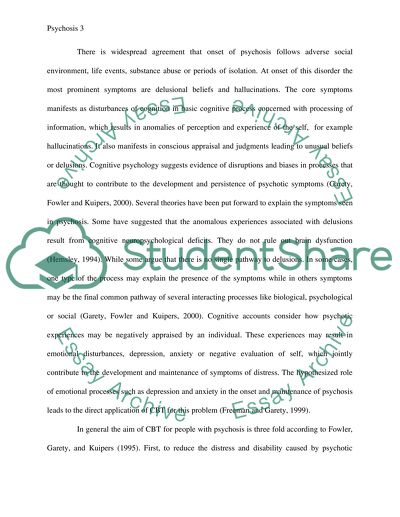Cite this document
(“Cognitive Behaviour Therapy and Psychosis Essay”, n.d.)
Cognitive Behaviour Therapy and Psychosis Essay. Retrieved from https://studentshare.org/psychology/1448637-cognitive-behaviour-therapy-and-psychosis
Cognitive Behaviour Therapy and Psychosis Essay. Retrieved from https://studentshare.org/psychology/1448637-cognitive-behaviour-therapy-and-psychosis
(Cognitive Behaviour Therapy and Psychosis Essay)
Cognitive Behaviour Therapy and Psychosis Essay. https://studentshare.org/psychology/1448637-cognitive-behaviour-therapy-and-psychosis.
Cognitive Behaviour Therapy and Psychosis Essay. https://studentshare.org/psychology/1448637-cognitive-behaviour-therapy-and-psychosis.
“Cognitive Behaviour Therapy and Psychosis Essay”, n.d. https://studentshare.org/psychology/1448637-cognitive-behaviour-therapy-and-psychosis.


